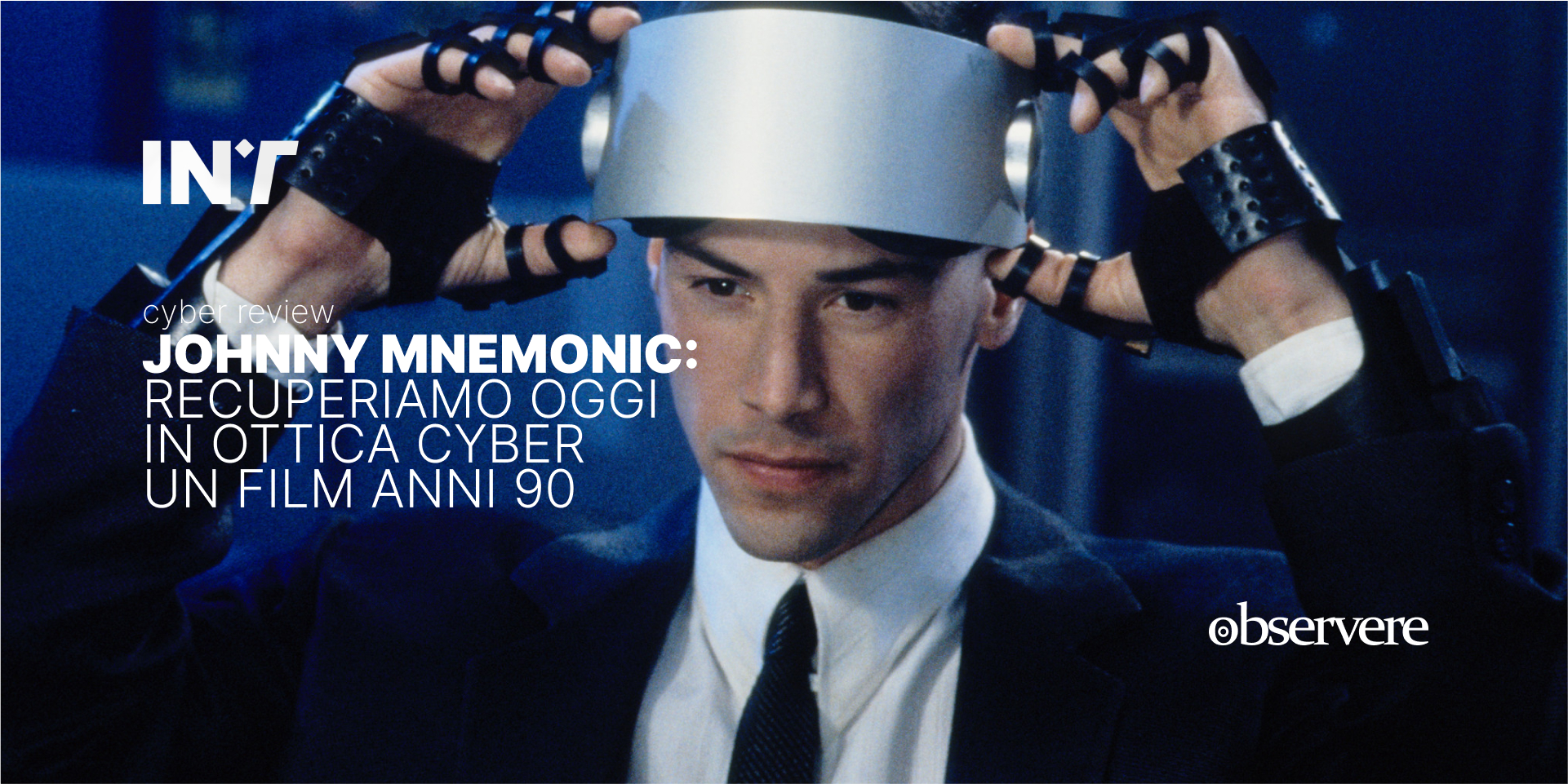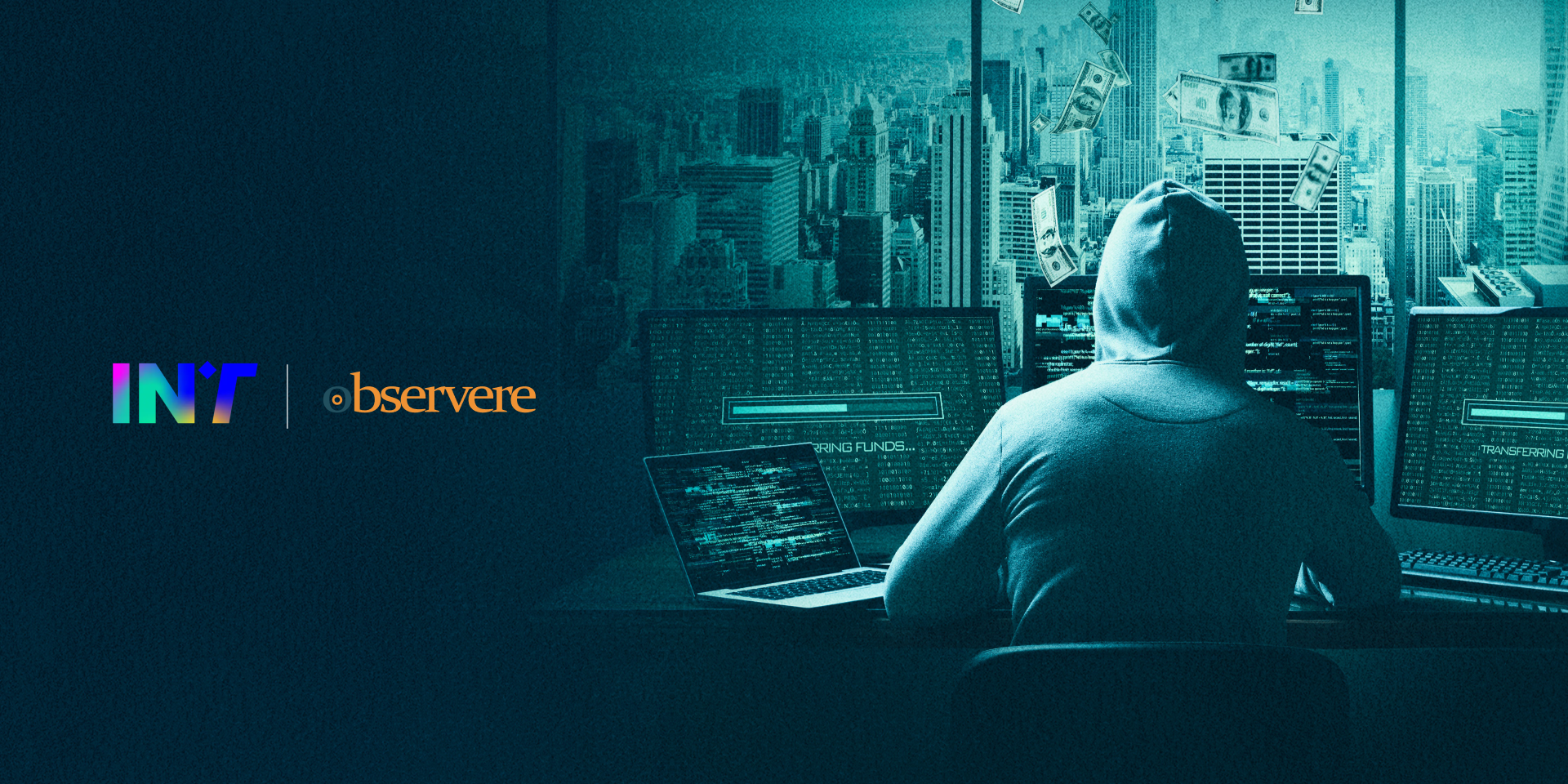Today, let’s take a look back through a cyber lens at a 90s film from a period of experimentation and differentiation in cinematic production.
Set in 2021 a year now in our past Johnny Mnemonic is a visionary film that continues to speak to our present with surprising relevance. Directed by Robert Longo and based on the short story of the same name by William Gibson, the father of cyberpunk and author of genre cornerstones like Neuromancer and Mona Lisa Overdrive, the film unfolds in a dystopian future where society is dominated by megacorporations, much like in Dredd or RoboCop.
In this reality, cyberspace is a tangible realm, and human memory has become a commodity. The protagonist, Johnny, played by Keanu Reeves in a role that perhaps inspired Neo from The Matrix, works as a human courier specializing in transporting highly sensitive data implanted directly into his brain via a neural chip. To make a living, he has sacrificed his childhood memories to gain more storage space in his mind.
This continues until he is offered an extremely dangerous job: a data transport that, he discovers only after accepting, is double what his brain can handle. This puts him at risk of death if he fails to complete the task and download the massive amount of data within 24 hours.
Naturally, the secret data is coveted by many, and the courier finds himself on the run, hunted by sinister underworld figures and unscrupulous mercenaries. We won’t add any spoilers, but the incredible truth behind that data sounds decidedly current.
Cyber themes: predictions that are now reality
If in 1995 the idea of a neural chip seemed like pure science fiction, today it no longer does. Elon Musk’s startup, Neuralink, aims to implant its first brain chips in human subjects for neural communication and the treatment of neurological disorders. Following its lead, news is already circulating about other companies working on brain-computer interfaces (BCIs). In this context, Johnny’s role as a “human node” in the network takes on new meaning: are we really that far from a society where our bodies become digital endpoints?
The film also anticipates other extremely relevant topics in the world of cybersecurity, such as bio-hacking and neurosecurity. Johnny becomes a target because he carries sensitive data in his brain. Today, bio-hacking and the vulnerabilities of neural interfaces are subjects of real discussion. What will be the risks of neural cyberattacks, where malware could compromise a smart prosthesis or interfere with a neural interface?
Data Leaks and Theft: If Johnny is a living USB drive, the parallel to modern insider threats is direct. The difficulty in protecting sensitive data during transit is a key issue today: consider the trafficking of credentials, healthcare databases, or industrial secrets on the dark web.
Cognitive Overload: The idea that an excess of data stored in the brain could lead to death is reminiscent of our current dilemma of information overload, including digital burnout, tech addiction, and the inability to filter valid content. This is the often-overlooked psychological side of information security.
The future was yesterday:wWhen cyberpunk predicts reality
The film’s aesthetic is purely cyberpunk: neon lights, implants, raw virtual reality, and corrupt cities. Yet, beneath the 90s veneer lie reflections on technology that are now the basis for new cybersecurity policies.
The cities dominated by corporate conglomerates recall today’s monopolistic web platforms; the dependence on data reflects the obsession with data collection and profiling by tech companies; the visual and physical hacking Johnny endures anticipates the risk of manipulation at a neural or sensory level through augmented reality, as seen in documented cases of deepfakes in espionage contexts.
Even the use of automated prosthetics in the film, like those of the character Jane, is now a rapidly expanding field. From bionic prosthetics controlled by brain impulses to robotic arms with haptic feedback, the boundaries between human and machine are quickly dissolving. The security of these interfaces is not yet guaranteed and constitutes one of the emerging challenges of cyber-physics.
Cars, drones, and AI: expanding on Johnny Mnemonic’s ideas
It should not be forgotten that the film also contains implicit critiques of data centralization and blind automation. In a world where artificial intelligence makes decisions, where cars drive themselves, and systems update automatically, who guarantees the integrity of these processes?
If in 1995 Johnny was a human vector, today we might see him as a digital twin or an asset in edge computing, in an architecture where computation is no longer centralized but distributed everywhere—even in bodies. The need to protect these peripheral assets will be central to future security strategies.
The cyberpunk prophecy almost fulfilled
Johnny Mnemonic was a visionary film. It still is today, but for different reasons. If the concept of a brain chip was unsettling and far-fetched back then, today it is a concrete possibility, with profound ethical, legal, and cybersecurity implications.
In the future depicted by the film, whoever holds the data controls memory, identity, and even survival. This metaphor now sounds like a concrete warning in a world where personal data is the oil of the 21st century. And just like Johnny, we too must learn to defend it, whether it’s in the cloud, on an endpoint, or hopefully never inside our own brains.






